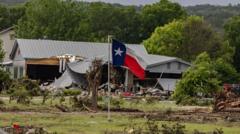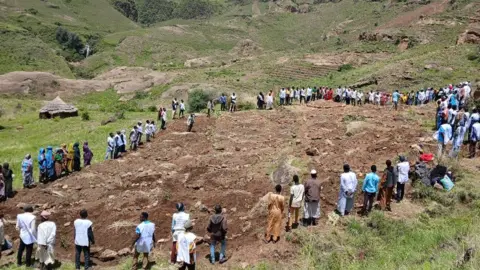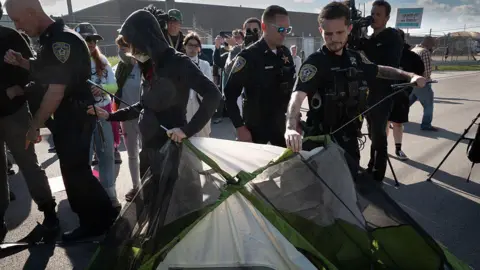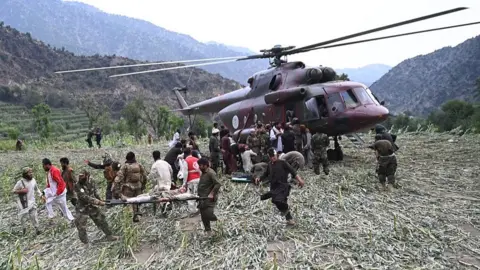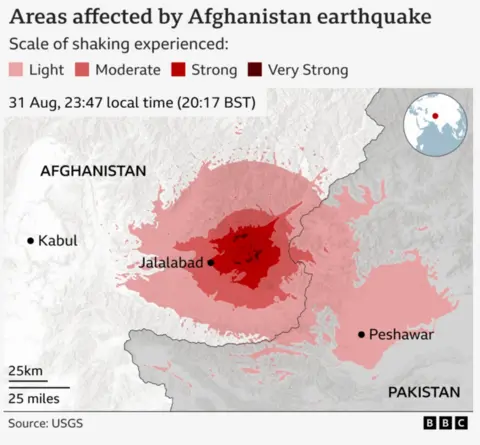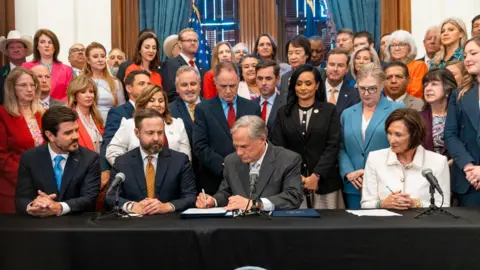Texas officials are under intense scrutiny following the catastrophic floods in Kerrville that claimed the lives of 96 residents, leaving more than 160 others unaccounted for. Amidst the ongoing rescue efforts, there is growing concern regarding the timing of emergency notifications that may have worsened the tragedy.
At a press conference on Thursday, Kerrville Police community services officer Jonathan Lamb faced probing questions about possible failures in the emergency communication system. This inquiry comes almost a week after the flooding occurred on July 4, highlighted by a dramatic rise in the Guadalupe River that garnered more than 100 billion gallons of rainfall within hours. The death toll in the Texas Hill Country has surged, with Kerr County reporting the loss of 96 lives, including 36 children from a nearby Christian camp.
The situation grows more dire as officials investigate a potential communication breakdown that left locals unaware of the impending danger. An audio recording obtained by ABC News revealed that a firefighter upstream from Kerrville had requested an emergency alert at approximately 4:22 AM on July 4, urging the Kerr County Sheriff's Office to advise residents to seek higher ground. Alarmingly, it was reported that hundreds of individuals were submerged in rising floodwaters by the time residents finally received alerts—which were sent nearly six hours later.
During Wednesday’s media briefing, questions about the delays in emergency communication were met with apprehension. Kerr County Sheriff Larry Leitha acknowledged first hearing about the crisis around 4 or 5 AM, while stating, "we're in the process of trying to put a timeline," prioritizing ongoing search and rescue efforts instead.
With over 160 individuals still missing on Thursday morning, the grim search for survivors is ongoing. Efforts have included more than 2,100 responders, helicopters, drones, and specialized cadaver dogs searching through hazardous debris. Lt. Colonel Ben Baker of the Texas Parks & Wildlife Department described the arduous task of recovering victims buried under debris as "extremely treacherous" and time-consuming.
Although the National Weather Service had issued weather alerts about rain and possible flooding a day prior, factors like a lack of cell service, underestimating the storm’s intensity, and a community desensitized to similar alerts contributed to the evacuation failures.
In response to the crisis, President Donald Trump signed a federal disaster declaration at the urging of Texas Governor Greg Abbott, facilitating the deployment of the Federal Emergency Management Agency to support recovery efforts. The focus remains on finding those who are still missing as families mourn their losses amidst the unfolding disaster.

